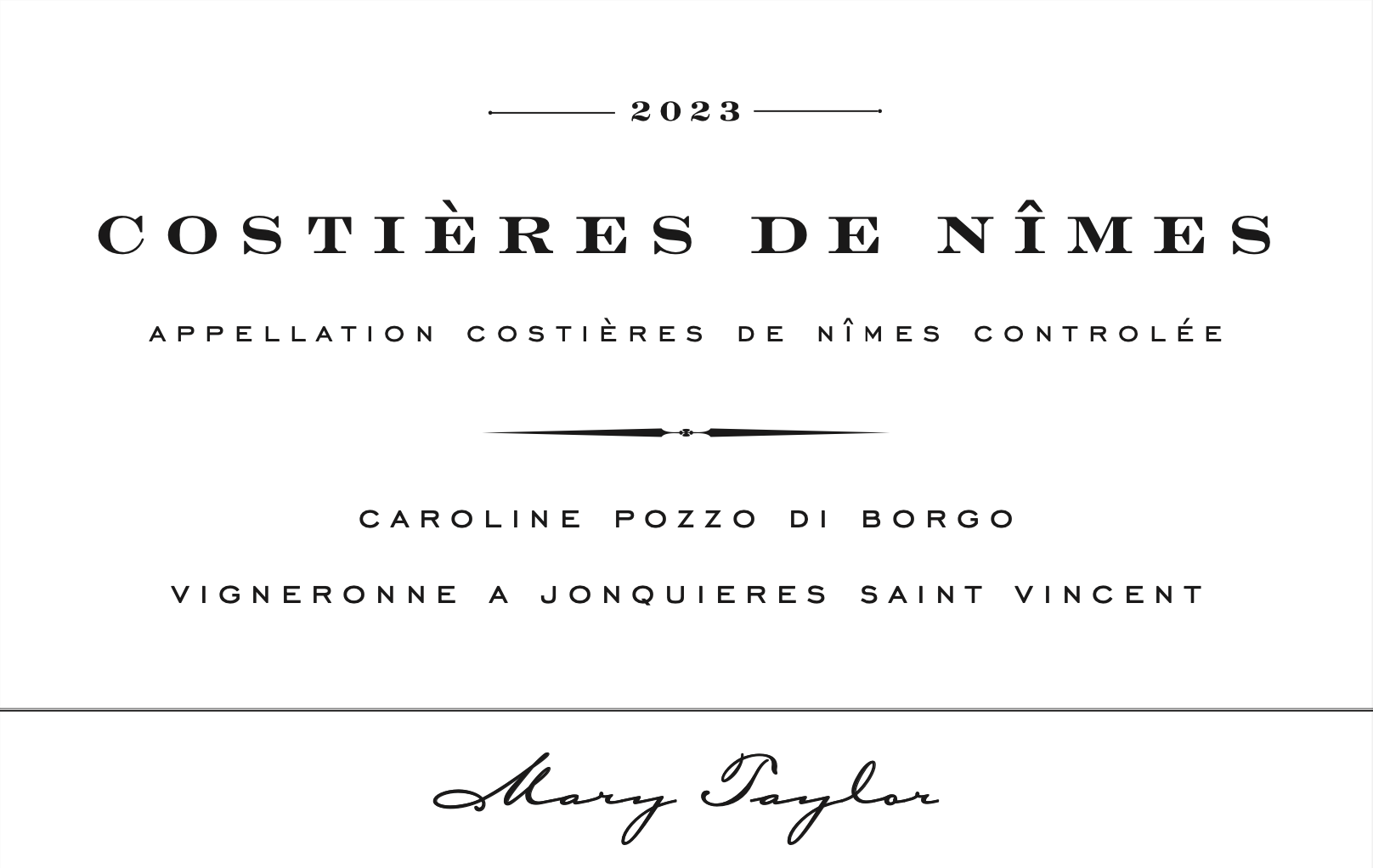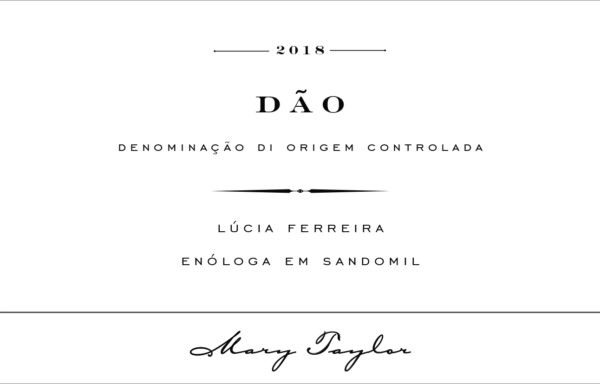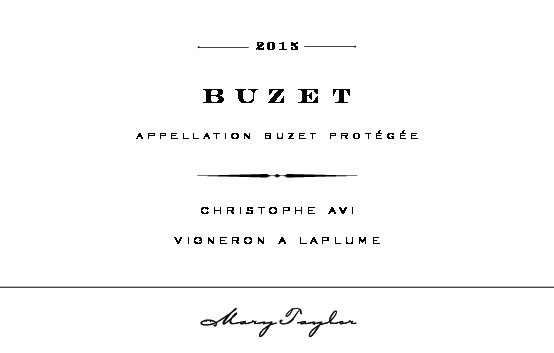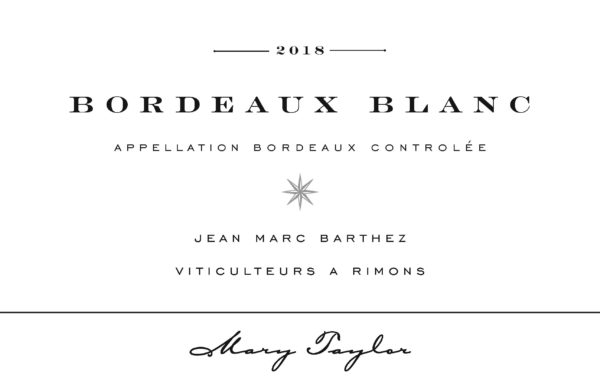
Since 2012, Caroline Pozzo di Borgo, has led this 70 hectare estate in Jonquieres-Saint-Vincent, in the northern part of the AOP Costières de Nîmes. Her expertise as an trained oenologist and her commitment to cultivating a harmonious environment in the vineyard has resulted in a 50/50 blend of Grenache and Syrah blend that is truly something to behold.
Wine Description
Vintage Notes
2023: This winter, the weather was unusually mild, causing the 25 hectares of vines to awaken two weeks earlier than usual in the Rhone Valley. Fortunately, Fernando, the skilled ploughman, arrived just in time, even though pruning had not yet been completed. The team—Zélia, Maria, Redouane, and Larbi—worked hard to catch up. With the vineyard being trellised to maximize sun exposure and protect against the Mistral wind, the first level of wires needed to be lowered to allow the vines to grow, knowing they would be raised again later.
Caroline Pozzo di Borgo, Costières de Nimes
Located in Jonquières-Saint-Vincent, in the northern part of the Costières de Nîmes AOP, the estate spans 70 hectares, with 10 hectares dedicated to organic vineyards. The property is situated on a pebble-strewn plateau, formed over centuries by the Rhône River, and is recognized as a protected biodiversity zone, classified as Natura 2000. Achieving this designation is no small feat; it comes with strict rules and regulations aimed at preserving the habitats and species it protects.
Caroline trained as both an oenologist, graduating from the Bordeaux School, and an agricultural engineer. Guided by her educational background and a strong sensitivity to the rhythms of nature and sustainable agriculture, the estate has transitioned to organic certification and embraces biodynamic principles. The vineyards thrive on the unique terroir of the region, where Syrah, Grenache, Mourvèdre, and Marselan varieties flourish. In the cellar, Caroline’s philosophy of respecting natural cycles continues. The grapes are allowed to ripen until perfect maturity, followed by a delicate vinification and gentle extraction to reveal fine tannins.
The family estate, founded in 1857 by Auguste Gourjon, is now in its fifth generation of stewardship, with Caroline Pozzo di Borgo at the helm. Caroline, who is of Corsican descent and married Christian Gourjon, the current owner, took over the management of the estate in 2012.



